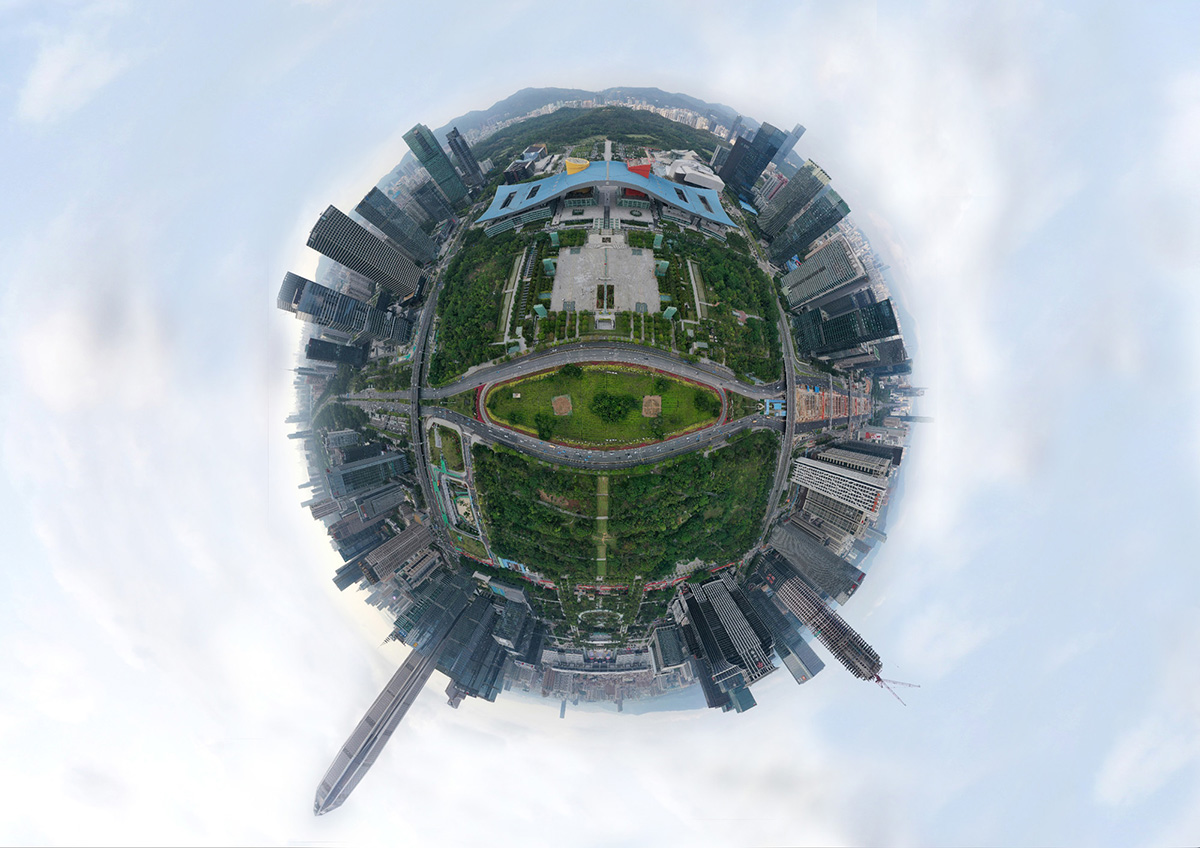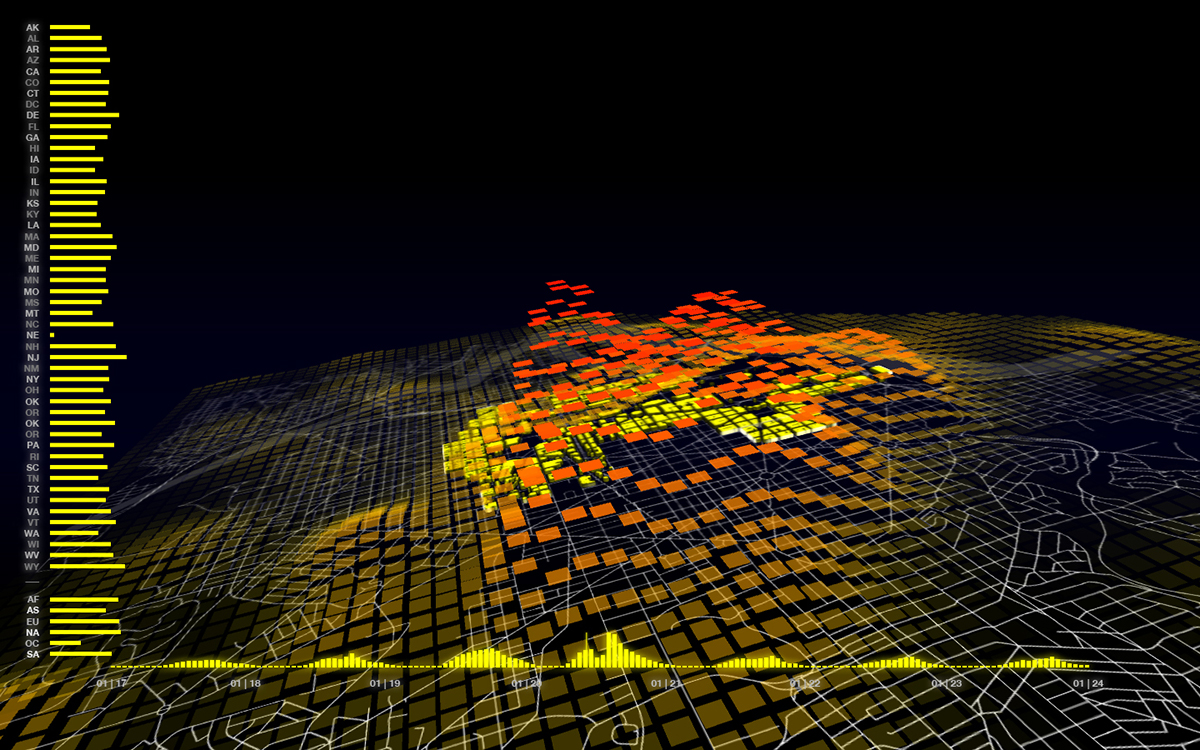Submitted by WA Contents
2019 Shenzhen Bi-City Biennale of Urbanism\Architecture announces theme as Urban Interactions
China Architecture News - Apr 25, 2019 - 01:47 17145 views

The 2019 Shenzhen Bi-City Biennale of Urbanism\Architecture has announced its theme as Urban Interactions, the only biennial exhibition in the world based exclusively on urbanism and urbanisation. The eighth edition of the Biennale will launch in Shenzhen on 15 December 2019.
The team of Chief Curators includes Architect and Director of MIT Senseable City Lab Carlo Ratti, CAE Academician Meng Jianmin and famous curator and art critic Fabio Cavallucci.
The exhibition consists of two sections, namely "Eyes of the City" and "Ascending City," which will explore the evolving relationship between urban space and technological innovation from different perspectives.
The exhibition is scheduled to open at the Futian Railway Station and the surrounding areas, the Main Venue, in Shenzhen in December 2019. At the same time, nine sub-venues will be set up in in districts of Yantian, Bao’an, Longgang, Longhua, Guangming, Dapeng New District and Qianhai Free Trade Zone respectively, to interconnect with the Main Venue, completing an organically interactive network throughout the city.

Image courtesy of CRA
Urban Interactions: opening up the infinite possibilities of future cities
Nowadays, the interactions and engagements between cities, city and inhabitant, and between urban dwellers become common phenomena. The significance of such interactions lies not only in its innovative application value, but also in the fact that it has triggered multilevel philosophical reflection. The new relationships derived from virtual-real space, HCI and cross-regional mega-city community will certainly turn into a new forefront that human beings are to face in the future.
What kind of new relationship will be iterated between the "interactive cities" of Shenzhen and Hong Kong is one of the questions to be studied in this exhibition. Starting from the Great Bay Area, it can be further extended to the global cyberspace, asking how technological innovation and urban space are going to deeply entangle with each other.
Two paralleling sections initiate cross-disciplinary interaction through science and technology
The "Eyes of the City" section is jointly curated by Carlo Ratti and the South China - Torino Lab (formed by South China University of Technology and Politecnico di Torino). It aims to investigate how Artificial Intelligence is going to impact architecture as well as people’s daily life in the city. Architectural space is acquiring the full ability to “see.” The exhibition will collect design hypotheses and suggestions—imaginative, ironic, practical, visionary—so as to reflect on what kind of digitally-augmented city we want to build tomorrow. This section will also include projects selected through an international Open Call.
The “Ascending City” section is curated by the team headed by Meng Jianmin and Fabio Cavallucci, bringing together prestige architects, artists, filmmakers, writers and museum advisors, as well as interdisciplinary professionals. This section consists of 3 sub-sections, “Empowering Citizens in Progressive Cities," "Urban Alchemists" and "Daily Sci-Fi," corresponding to the viewpoints of the city’s users, creators and visionary thinkers respectively. Liu Cixin, a sci-fi writer and author of The Three-Body Problem, Cai Guo-Qiang, a contemporary artist, and Wlodek Goldkorn, a Polish writer, served as academic consultants and will be specially involved in 2019 UABB (Shenzhen).

Image courtesy of CRA
Main venue—a hub connecting two super cities
Main venue of this UABB is located in Futian Railway Station and surrounding area. Futian CBD served as the main venue for the 3rd and 4th editions of UABB (Shenzhen) in 2009 and 2011 respectively. Nowadays when it is about to host a third Biennale, the latter is no longer a mere art event that means to activate some specific physical spaces, but a brainstorming that inspires more possibilities and creativity for future cities and sets free people's imagination. The space in and around the station will be re-designed and transformed according to the theme.
Interaction, as an important methodology of this Biennale, is profoundly embodied in the concept, composition and presentation of the exhibition. This Biennale is expected to embrace a burst of future-oriented innovative power inherently rooted in itself.
Top image: Futian railway station and surrounding area. Image © UABB
